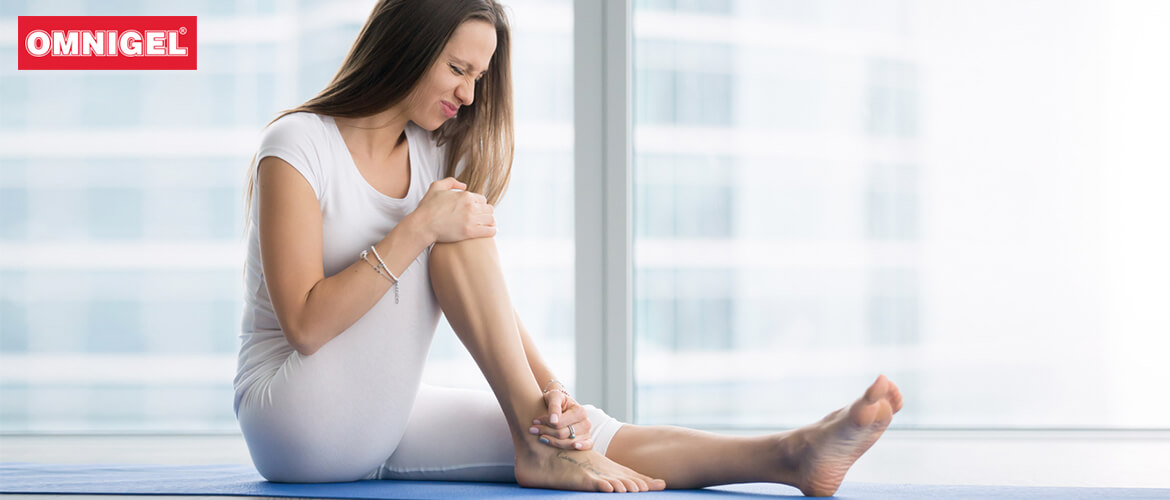Yoga is a great full-body workout with benefits for building overall strength, fitness, and flexibility. But some common yoga mistakes can leave you nursing a bad knee. We show you some of the most common yoga mistakes to avoid.
Not Warming Up Properly
Not warming your body and muscles up before a yoga session can leave you prone to injury and pain. Always warm up before any exercise, even yoga. Stretches help prepare the muscles for the various movements – in your case asanas – and warm up the muscles.
Doing The Yoga Pose Wrongly
One of the most common yoga mistakes is to not get your form right. If you do not align your body in the right manner for each movement or pose, you could wind up straining or hurting your knee. Always learn the basics from an instructor before trying to do the asanas on your own.
Not Using Modified Poses
Yoga poses can be adapted depending on any existing issues you may have or if you’re susceptible to knee pain. Whether it is due to existing joint pain, a previous injury that limits movement, tightness in the hips or knees that are sensitive, it is possible to modify a pose or use a support to reduce the strain on the knees. In fact, experts say that knee pain is a red flag and you should stop right away if you experience it during a workout . Ask a yoga practitioner to help explain where to place a rolled towel, pillow, or support for easing the strain on the knees while doing yoga.
Trying To Do Advanced Poses Too Soon/Without Strengthening Poses
It is important to slowly build up your strength and flexibility before trying advanced poses. Always take the guidance of a trained yoga instructor to ensure you do the right preparatory strengthening poses and that your body is ready for the more advanced poses before you try them. Yoga can look deceptively easy but a slight issue with alignment or form or inadequate strength can put you at risk of injury.
Forcing Your Legs Into A Pose
If you’re already prone to knee pain, certain asanas can put more strain and stress on these joints. If you feel unable to reach a certain position fully, stop. Do not try and manually press your leg or knee into that position. Don’t deepen a pose if you experience any kind of pain or sensation of pressure in the knee.
Ignoring An Injured Knee
If your knee feels sore, give your workout a rest for a few days. Elevate and ice it as needed. Apply a warm compress if need be. Get rid of any inflammation and swelling before restarting your yoga session . Pushing yourself to carry on through pain and swelling is a recipe for disaster. If the pain and discomfort don’t abate or if you suspect the injury is serious, please contact a doctor right away.
Omnigel: Pain Relief Remedy For Knee Pain
While yoga can do a lot to help your overall flexibility, balance, and strength, some rookie errors or common yoga pose mistakes can leave you with knee pain. A pain relief cream or gel like Omnigel offers a simple solution to any aches and pains in the area. Simply apply the topical pain relief remedy to the area around your knee and you should feel it take effect fairly quickly. This diclofenac gel eases pain, reduces stiffness, and tackles inflammation. It can be used multiple times a day as per directions on the pack or as recommended by your doctor.
Omnigel helps ease discomfort and reduces knee pain from exercise or sports-related injuries, arthritis, and more. Get yourself this effective pain relief gel from pharmacies online or offline.

